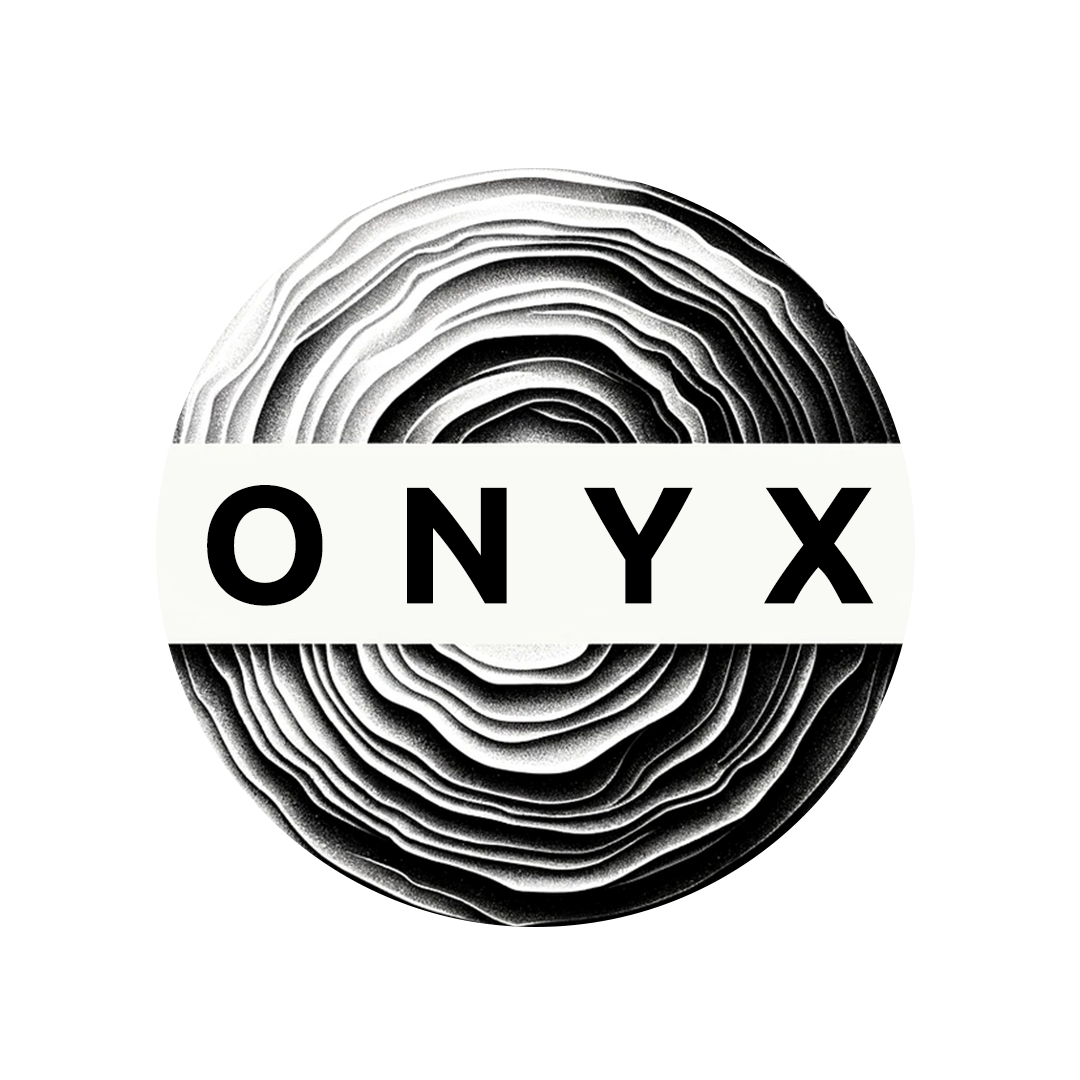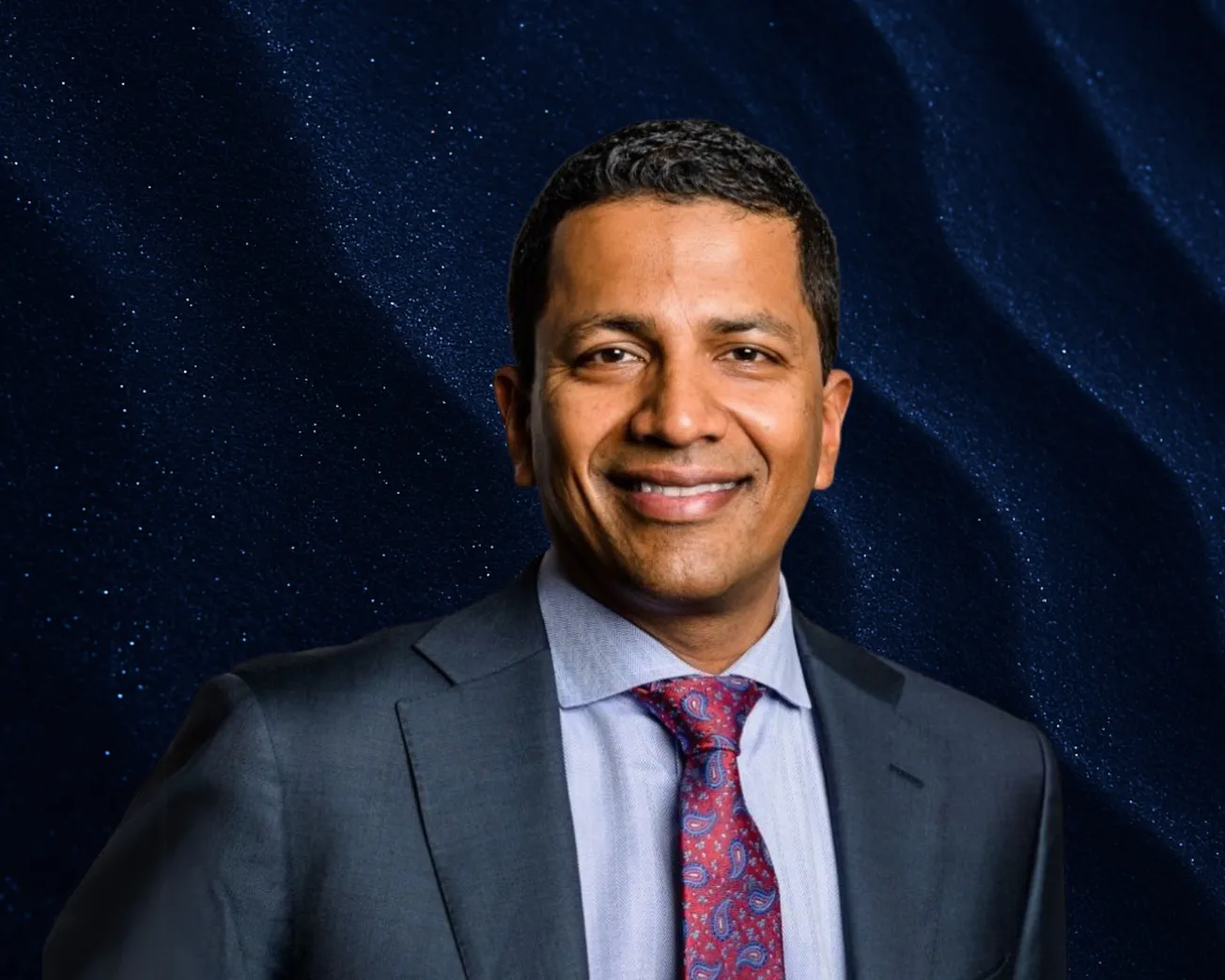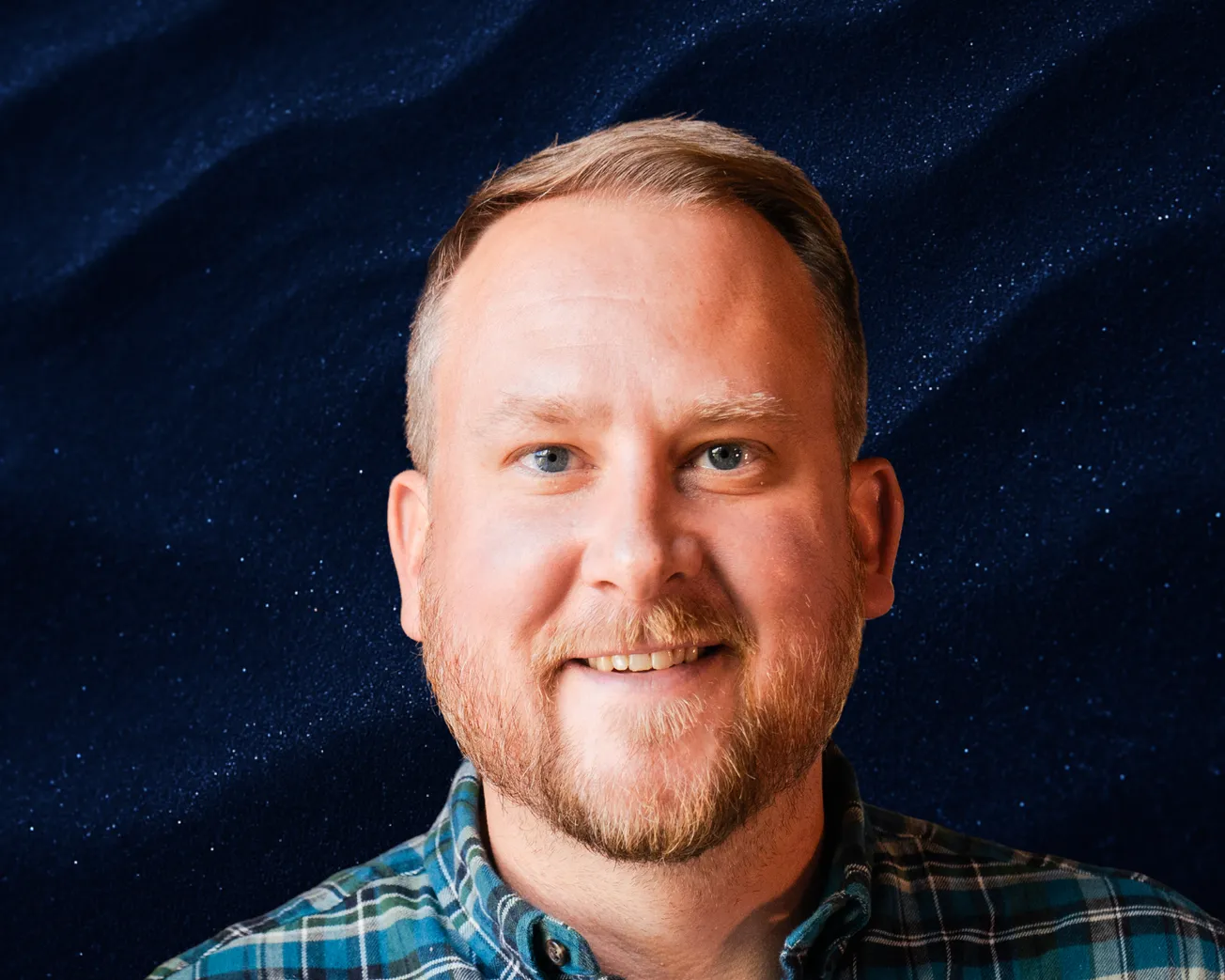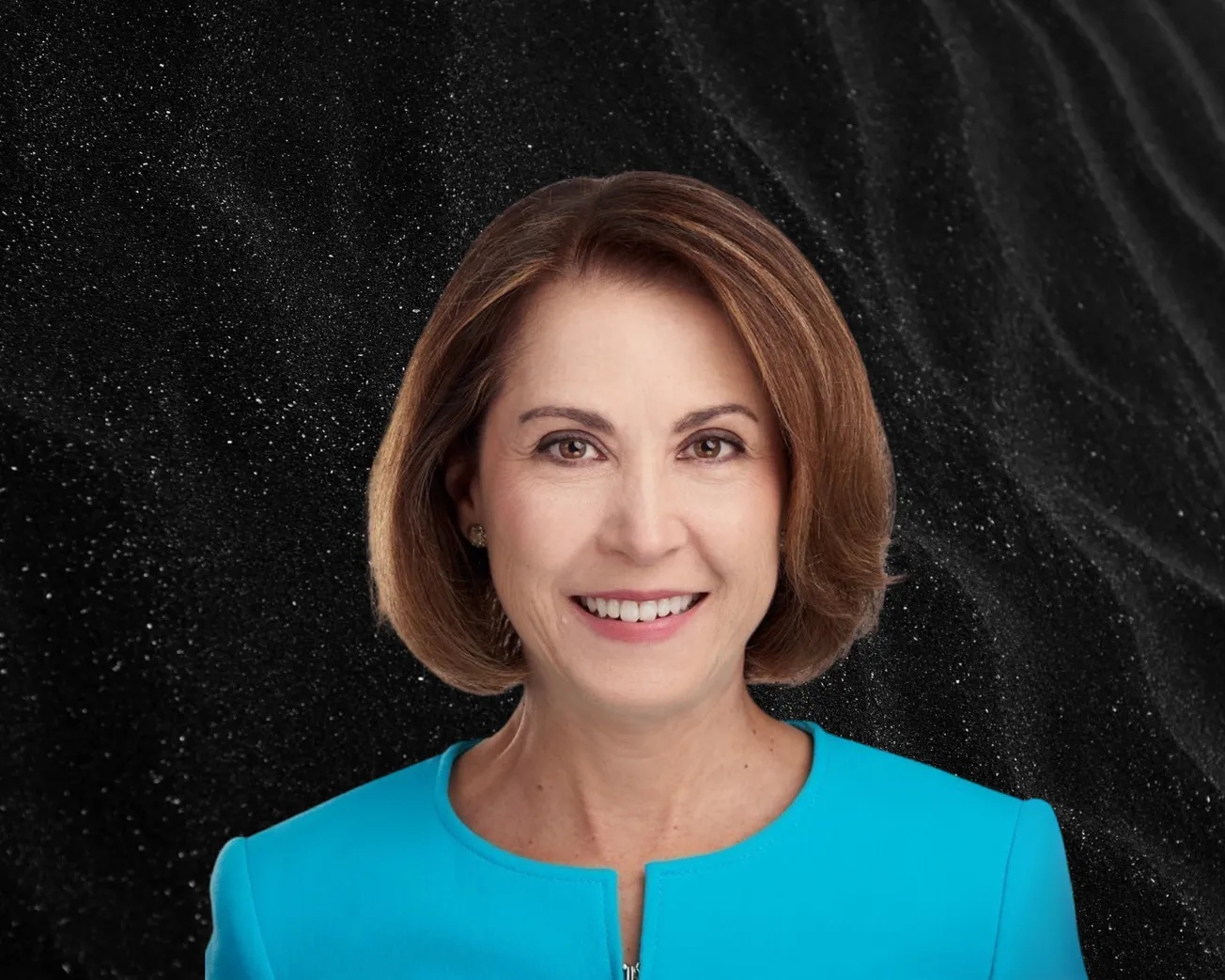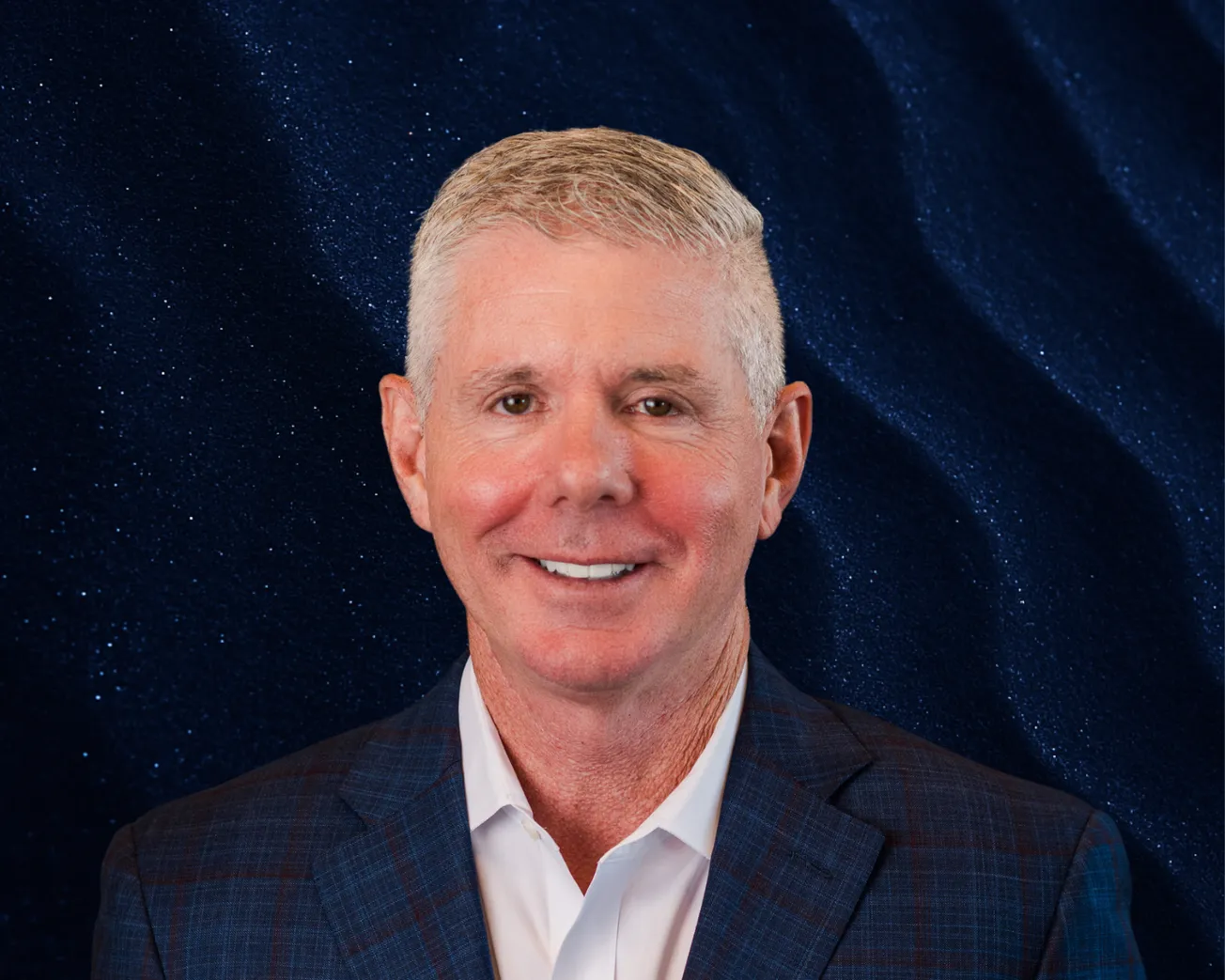Table of Contents
Arun Narayanan, CEO of Stem, Inc., sat down with Onyx for a feature-length interview.
Could you start by giving our readers a bit of background – what led you to become CEO of Stem
I have had an active career for the past 30 years. During this time, I worked in a variety of roles that gave me full exposure to a company’s workings. I developed software, did business development, ran operations, marketing, strategy, and created new business offerings. I’m fortunate to have had such varied experiences, leading up to my work here at Stem, all contributing to a unique perspective that can help Stem with the next phase of growth.
I was born and grew up in India, where I did a some of my education, and then came to the US to pursue a career in scientific visualization. I started working in the oil and gas industry, and worked in that sector for about 21 years. We built innovative technology, solved customer problems, and changed the business model in such a way as to allow customers to reduce operating risk and improve confidence.
Following that, I spent five years in mining – which is quite similar in a way to oil and gas. The work there was focused on digital technologies and we did some very interesting and unique projects Some were safety-focused; some were productivity-focused; but the main theme was around using digital to improve the carbon and water footprint of mining.
From there, I switched to the renewable energy industry, working in wind for a year, where we leveraged data and project knowledge to improve energy gains.
Could you give an overview of Stem as a company? What do you offer the industry?
Stem is an energy solutions company that provides software and services to renewable energy customers. We have subject-matter experts and differentiated technology that can help our customers.
We can provide a service to help you in the early stages of building out your renewable project and you wanted to know how to get started; what the regulatory environment was; how finance works; how procurement works… etc.
We can also support you through the entire project lifecycle, provide you with software to manage your assets or manage your assets for you.
If, say, you’d already built the project and wanted technology to figure out whether it’s producing the correct amount of energy; or what its problems are; or what solution or action would be the most applicable - we have technology that does that, too.
And if you’re from another industry – let’s say you’re a financial firm that has invested in a solar project, but you don’t have the in-house technical expertise to troubleshoot – we can even provide an expert service to take care of it all on your behalf.
So, we provide professional consultation services, software products and services, and managed services.
As a relatively new CEO, what are your main priorities?
As part of the diligence process that I undertook before I joined Stem, I evaluated the overall financial potential of the company as well as the underlying ingredients, talent, technology and vision to make my decision. Looking at the company's competitive positioning and the broader industry's outlook, it's clear to me that the software-centric strategy announced in the fall of 2024 is the right plan for the company's future financial success and growth. I see strong offerings from Stem, a clear market need and the opportunity to leverage emerging technologies like AI to address real customer challenges, thus laying the foundation for our path to profitability. My initial priorities have been focused on growing software revenue, reducing our cost structure and addressing our debt balancing the balance sheet, while also revamping our software development. Throughout the year we have made great progress on these priorities, but there is still more to be achieved.
Digital technologies will play an important role in the effective deployment of renewable energy, and we wish to be an important driver of that change.
Let’s talk about PowerTrack. Why is it different from competitors?
PowerTrack is our flagship offering – think of it like the Microsoft Office of Stem. All the technological capabilities that we provide are either already under PowerTrack or soon will be. Just as Office has Excel and PowerPoint, PowerTrack has capabilities that address different pieces of the renewable energy equation.
First, what does it do? It helps you, as the owner or operator, gain control of the asset from a performance standpoint. You can understand what production was relative to capacity; or decode as to why you missed opportunities to generate power and then take remedial action. After you do, you can monitor once again, so as to know whether the remedy worked or not. That way, you can stay on top of your assets.
Without such technology, it would be really difficult for operators to succeed. Visually, everything about a particular project may appear fine, but you wouldn’t know exactly how well you’re doing; or not, as the case may be. Even if you knew that there was a problem, you may not have the confidence, or the methodology, to chase the solution. Moreover, even if a solution was provided, you wouldn’t know if it had been effective.
That’s why PowerTrack is such a critical tool – if your projects succeed financially, you’re incentivized to create another project. Without tools like this, the industry is, itself, impaired – everything’s a black box; confidence disappears; people shun the space; and the industry shrinks.
Now, here’s what sets us apart from our competitors. First, the breadth: PowerTrack solves a range of problems that very few competitors cover, without cobbling together multiple tools. Second, accessibility: it’s equally at home in the hands of highly technical staff who are diagnosing voltage and phase issues, and in the hands of business leaders tracking output and financial performance. Third, the clever capabilities – particularly in storage – where it can predict usage and advise when to charge, or discharge, batteries to profit economically from surges or shortages.
But, probably, the most interesting thing is the way that our platform connects site data generation seamlessly with visualization. In the rest of the industry, you’ve got two different providers – one sets up the data, another does visualization – and the connection gets made “randomly” in the field. It’s hard to get right, and harder to keep right. With PowerTrack, the same software generates the data. We use ‘edge’ boxes on site to correctly process and stream the data into the cloud app. It’s factory installed and tested before it leaves us. When it’s on site, it’s perfectly paired.
Think about it like this: you buy a Nest thermostat. There’s the thing on the wall and the app on your phone. When you use the Nest app, everything works. But if you try to connect it through Apple Home, its capability is reduced. It’s the same with cheap smart lightbulbs versus Philips Hue – integration makes or breaks it.
That’s the greatest difference between what we do and everybody else. It’s why PowerTrack is the leading solution for the solar C&I industry in the US – and why it’s beloved by customers.
How important is a domestic focus versus looking internationally?
Right now, we’re very successful in the US market. The US has a strong C&I market – think of a Target store installing a solar array, or an airport putting something together. Typically, those don’t have storage, it’s just a simple solar array that powers the site opportunistically.
That kind of C&I profile doesn’t exist everywhere. Globally, you see more utility-scale projects, notably large solar farms with storage attached. That’s why we’re launching PowerTrack EMS. It’s the ‘step-up’ product that lets us serve those utility-scale project and especially in international markets.
While we have some international business already , once EMS is launched, we expect to leverage our international offices in Germany, Japan and India to further grow the business globally.
What are the biggest barriers to clean energy adoption?
A few stand out to me. Project finance needs to be standardized. Right now, every project is treated differently. If everyone could work from a single set of assumptions – production; cost; what a ‘good’ investment looks like – funding would flow much faster.
There’s also been an over-reliance on government credits. That’s changing, but the perception persists that you can only succeed with subsidies. Independence is possible, and it has yet to be achieved.
Another challenge is the supply chain concentration, especially in solar panels, which are too dependent on China. Diversification is critical!
Of course, there’s also the availability of digital tools. The greater number of operators who have access to things like PowerTrack, the more confidence they’ll have to push projects forward.
On a deeper level, I think a lot about the disparity between hydrocarbons and renewables, having sat on both sides of the table. Hydrocarbons have two advantages that renewables don’t yet have. One is energy density – the amount of energy you get from a unit of oil or gas is unparalleled. Renewable sources have to produce much more to be comparable. The other is transportation. Hydrocarbons can be shipped, stored, and reserved with ease, thanks to tankers, underground storage, and strategic reserves. Batteries are racing to solve this for renewables. If those two challenges are solved – density and transportability – then parity between hydrocarbons and renewables is within reach.
Looking 10 years ahead, what milestones do you hope Stem reaches?
Forward-looking caveats apply – but, broadly, I’d hope to see a thriving renewable energy industry; projects independent of government credits; and more fluent supply chains.
For Stem, I’d imagine our professional services flourishing – helping projects to get started.
I’d imagine our technology becoming pervasive, with AI bringing productivity improvements not only for us, but to the tools themselves. For example, our new Sage product in PowerTrack lets a energy company CEO or CFO query data through a chat interface, while technical staff use their advanced dashboards. That way, more people gain confidence, and more projects come online.
And I have a lot of hope for our managed service business. The more developers that can delegate to experts like us, the more they will be able to focus on what they do best, which is bringing new projects to life!
I see Stem becoming an elegant and essential partner – a voice of reason that shepherds the industry toward more renewable energy. That will be achieved either by meeting increasing demand with renewables, or by tilting the mix away from conventional energy sources.
If you could go back to your first time as CEO, what advice would you give yourself?
The same advice that I’ve followed for at least a decade: enjoy your job!
Complexities and challenges will keep coming. The CEO’s role isn’t operational – it’s making sure that the strategy is right; the long-term vision is set; and that you take the level of risk appropriate to your role. If that’s done, others in the organization can proceed with the micro bets that are needed to help grow the business.
If the CEO enjoys the job, it changes the culture of the company.
